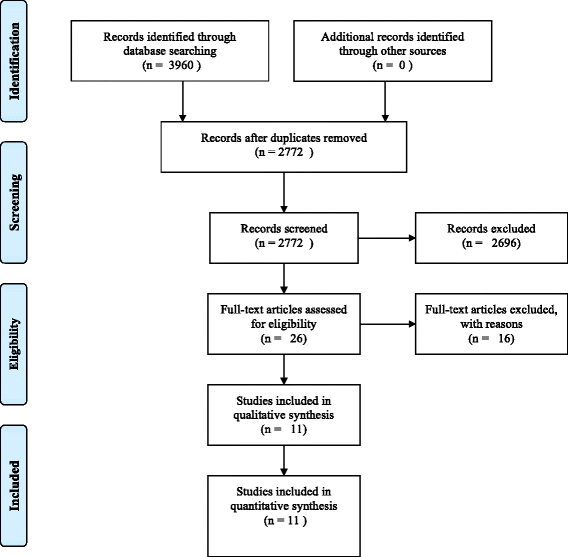Interventions to reduce wait times for primary care appointments: a systematic review
- PMID: 28427444
- PMCID: PMC5397774
- DOI: 10.1186/s12913-017-2219-y
Interventions to reduce wait times for primary care appointments: a systematic review
Abstract
Background: Accessibility and availability are important characteristics of efficient and effective primary healthcare systems. Currently, timely access to a family physician is a concern in Canada. Adverse outcomes are associated with longer wait times for primary care appointments and often leave individuals to rely on urgent care. When wait times for appointments are too long patients may experience worse health outcomes and are often left to use emergency department resources. The primary objective of our study was to systematically review the literature to identify interventions designed to reduce wait times for primary care appointments. Secondary objectives were to assess patient satisfaction and reduction of no-show rates.
Methods: We searched multiple databases, including: Medline via Ovid SP (1947 to present), Embase (from 1980 to present), PsychINFO (from 1806 to present), Cochrane Central Register of Controlled Trials (CENTRAL; all dates), Cumulative Index to Nursing and Allied Health (CINAHL; 1937 to present), and Pubmed (all dates) to identify studies that reported outcomes associated with interventions designed to reduce wait times for primary care appointments. Two independent reviewers assessed all identified studies for inclusion using pre-defined inclusion/exclusion criteria and a multi-level screening approach. Our study methods were guided by the Cochrane Handbook for Systematic Reviews of Interventions.
Results: Our search identified 3,960 articles that were eligible for inclusion, eleven of which satisfied all inclusion/exclusion criteria. Data abstraction of included studies revealed that open access scheduling is the most commonly used intervention to reduce wait times for primary care appointments. Additionally, included studies demonstrated that dedicated telephone calls for follow-up consultation, presence of nurse practitioners on staff, nurse and general practitioner triage, and email consultations were effective at reducing wait times.
Conclusions: To our knowledge, this is the first study to systematically review and identify interventions designed to reduce wait times for primary care appointments. Our findings suggest that open access scheduling and other patient-centred interventions may reduce wait times for primary care appointments. Our review may inform policy makers and family healthcare providers about interventions that are effective in offering timely access to primary healthcare.
Keywords: Open access scheduling; Primary care; Third next available appointment; Wait times.
References
-
- The College of Family Physicians of Canada. The Wait Starts Here. [http://cfpc.ca/uploadedFiles/Resources/Resource_Items/ENGLISH20PCWTP20FI...]. Accessed 15 Sept 2015.
-
- Comino EJ, Davies GP, Krastev Y, Haas M, Christl B, Furler J, Raymont A, Harris MF. A systematic review of interventions to enhance access to best practice primary health care for chronic disease management, prevention and episodic care. BMC Health Serv Res. 2012;12:415. doi: 10.1186/1472-6963-12-415. - DOI - PMC - PubMed
-
- World Health Organization. Modeling Physical Accessibility to Health Care and Geographic Coverage. [http://www.who.int/kms/initiatives/accessmod/en/index1.html]. Accessed Sept 15, 2015.
-
- College of Family Physicians of Canada. Family Medicine in Canada: Vision for the Future. [http://www.cfpc.ca/uploadedFiles/Resources/Resource_Items/FAMILY_MEDICIN...]. Accessed 15 Sept 2015.
Publication types
MeSH terms
LinkOut - more resources
Full Text Sources
Other Literature Sources


